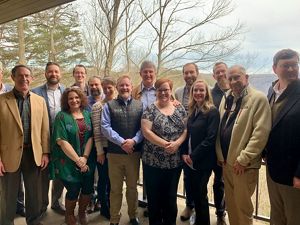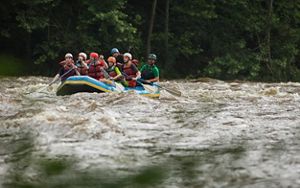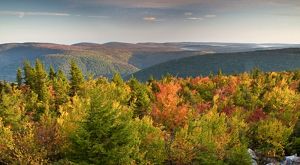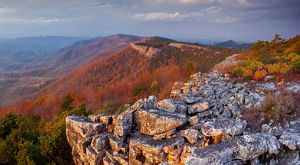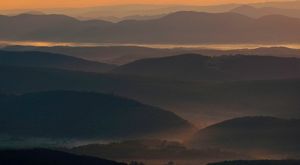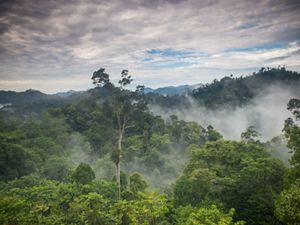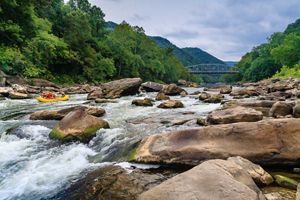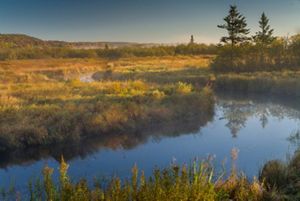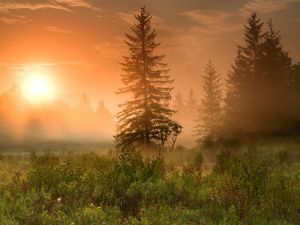Our strategies in West Virginia are collaborative, science-based and holistic.
Land Conservation
The Nature Conservancy has protected more than 125,000 acres of critical natural lands in West Virginia. Home to one of the world’s richest temperate broadleaf deciduous forest, West Virginia also boasts habitats like dry shale barrens and cedar glades, fire-maintained pine barrens, high-elevation heath and grass balds, peatlands and other wetlands, natural ponds, spruce forests and caves.
Climate Change
The Central Appalachian Mountains is one of the most biologically rich landscapes in the continental United States. Many species here exist nowhere else on Earth, flourishing due to the region’s variation in topography, elevation, geology, climate and drainage patterns.
We're working here to determine which may be the most resilient to large-scale changes such as climate change and identifying key connections that will be important as potential pathways for species in a changing world.
The work we're doing here is globally significant, and it's helping to inform The Nature Conservancy's worldwide climate change initiative.
Energy Development
In West Virginia and the surrounding region, TNC is taking the lead as an authority on the impacts of energy development, and on promoting the benefits of renewable energy alternatives and energy efficiency practices.
We're funding and developing threat assessments, including predictive mapping of habitat impacts from wind energy, natural gas and coal, and we're advising decisions makers, with an emphasis on national forest managers to inform energy development decisions on public lands.
Forest Health
Red spruce forests once covered the rocky peaks of West Virginia’s high country but were decimated by logging in the late 1800s and early 1900s. Today, only about 55,000 of the original 1.3 million acres of spruce remain.
We're working to restore these forests by replanting red spruce trees, expanding natural fire regimes, and controlling invasive plants and pathogens in collaboration with partners—especially the National Forest Service.
Support Our Work
You can help us ensure West Virginia's ecosystems remain healthy and capable of supporting people and nature for generations to come.

